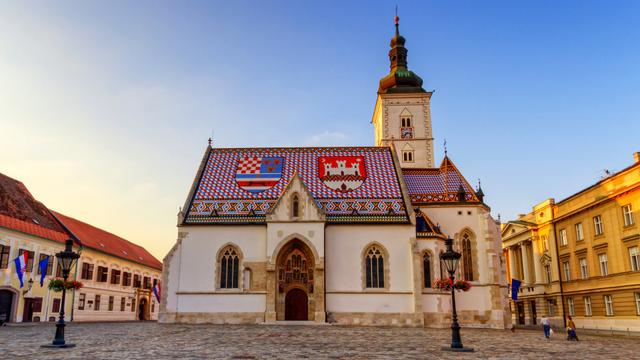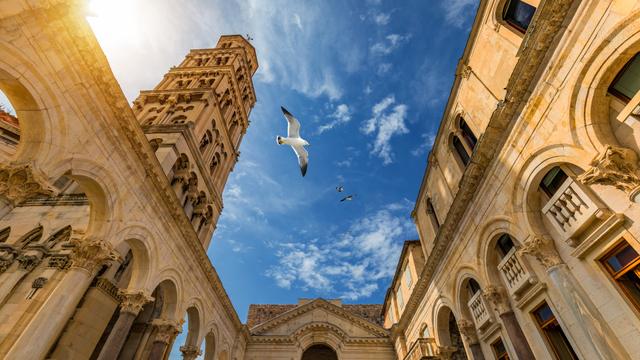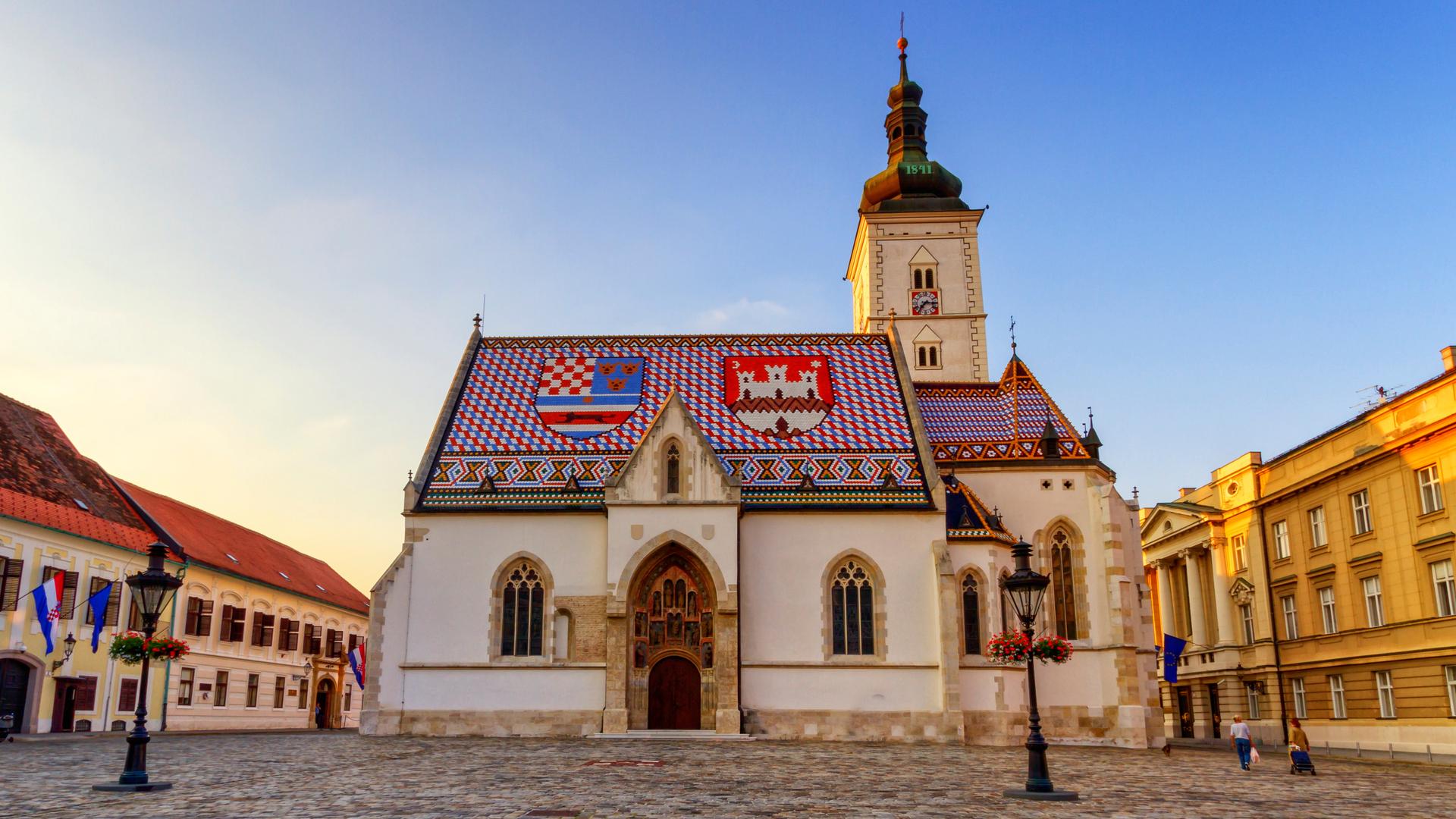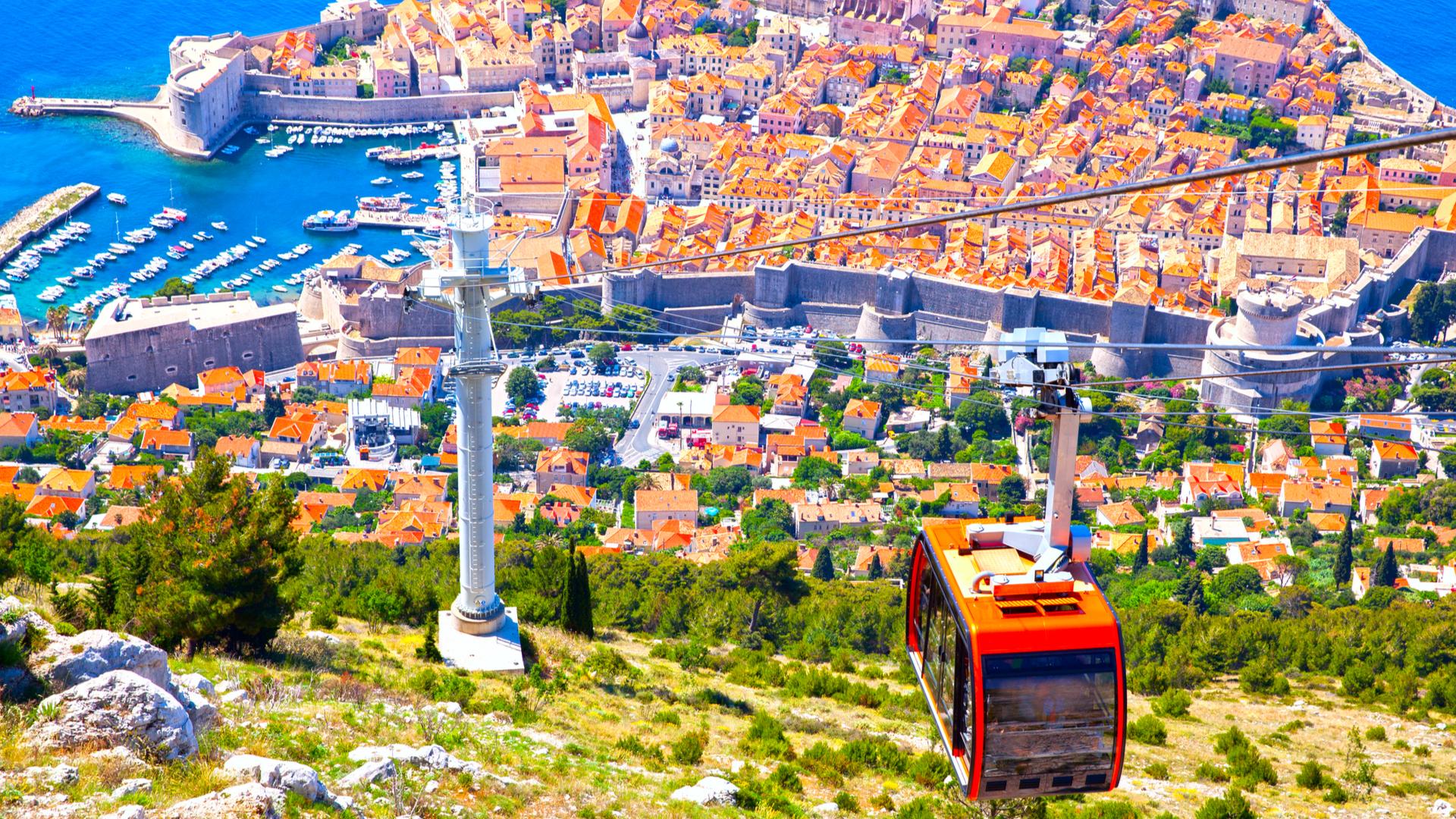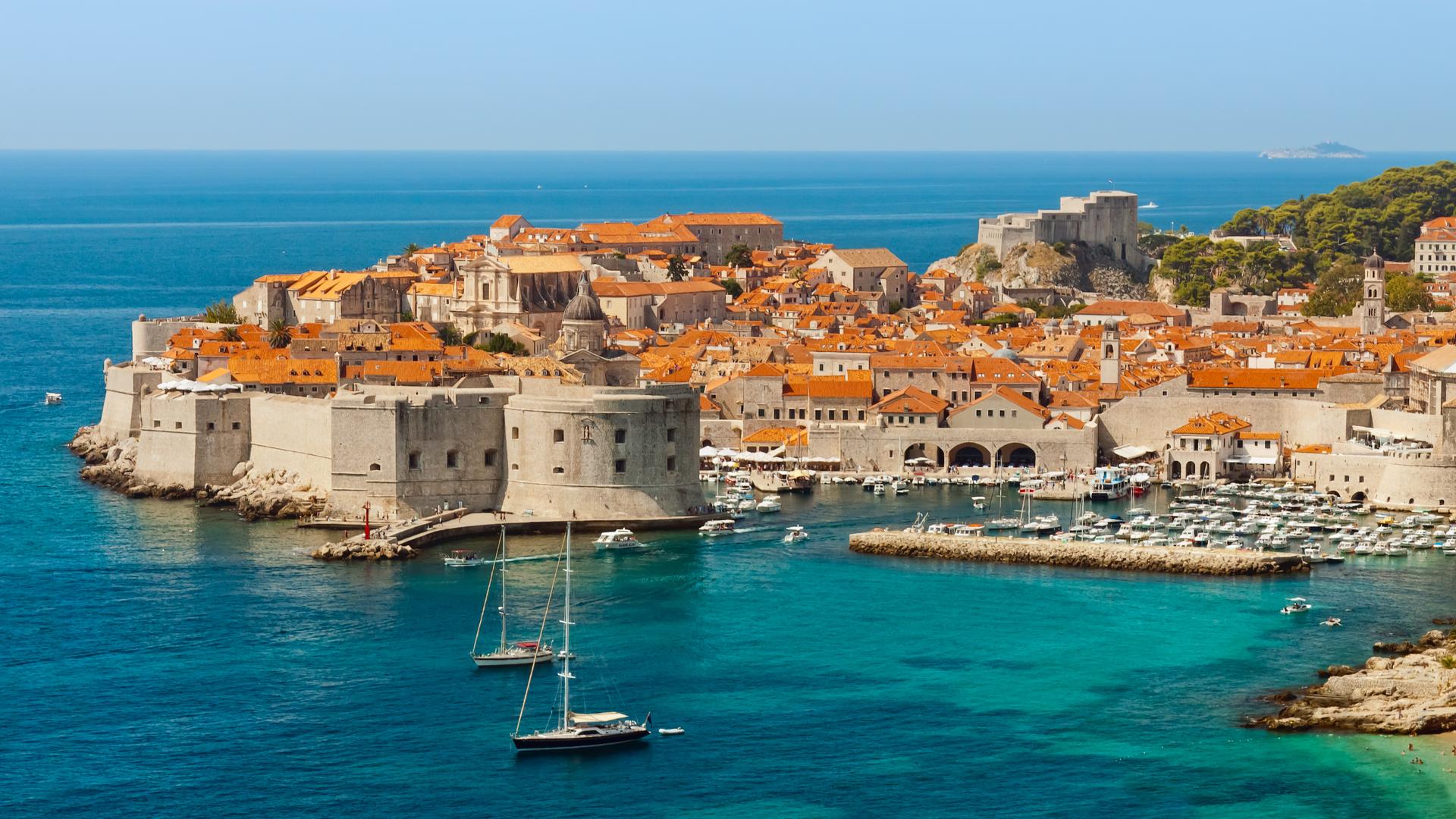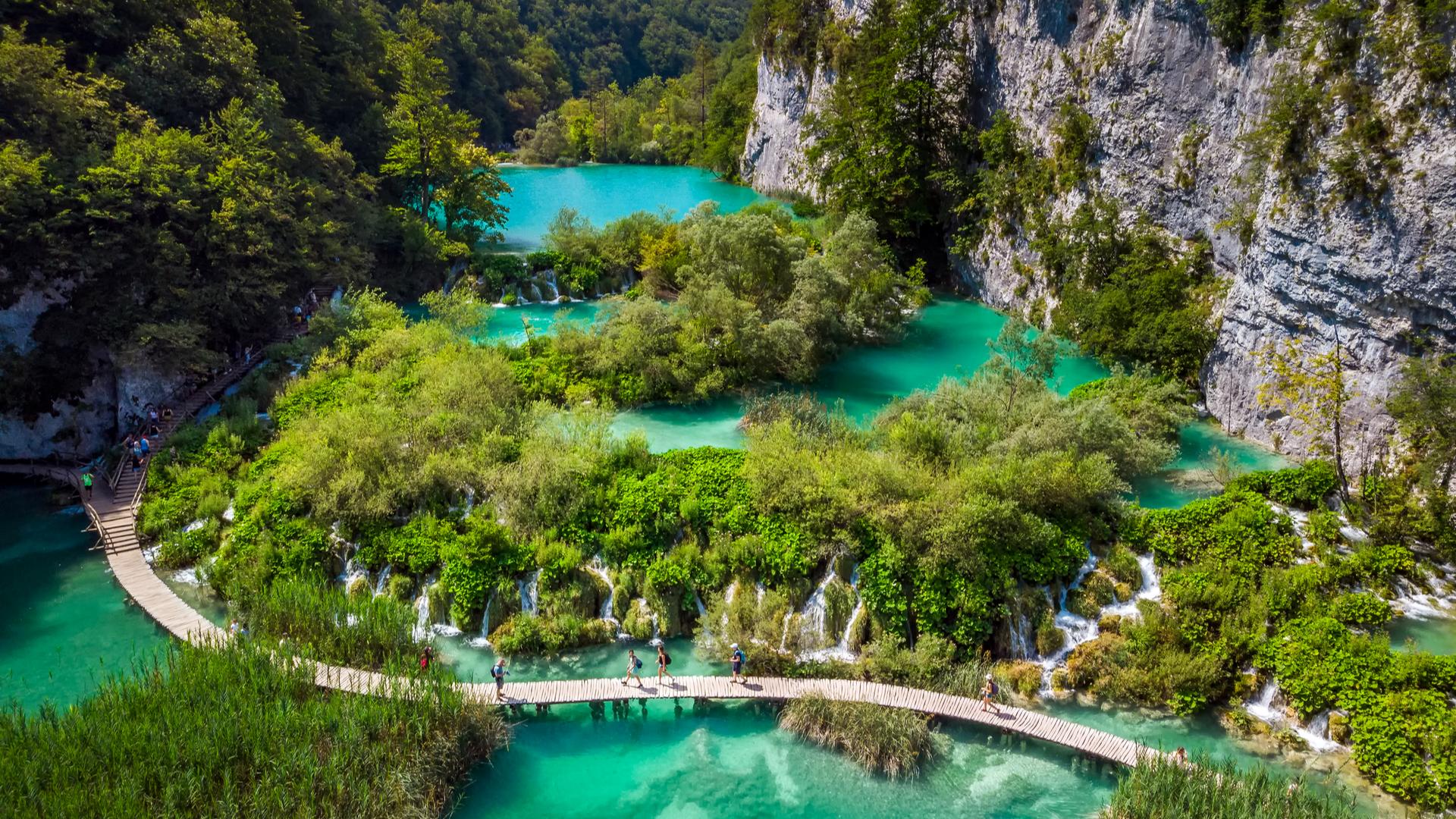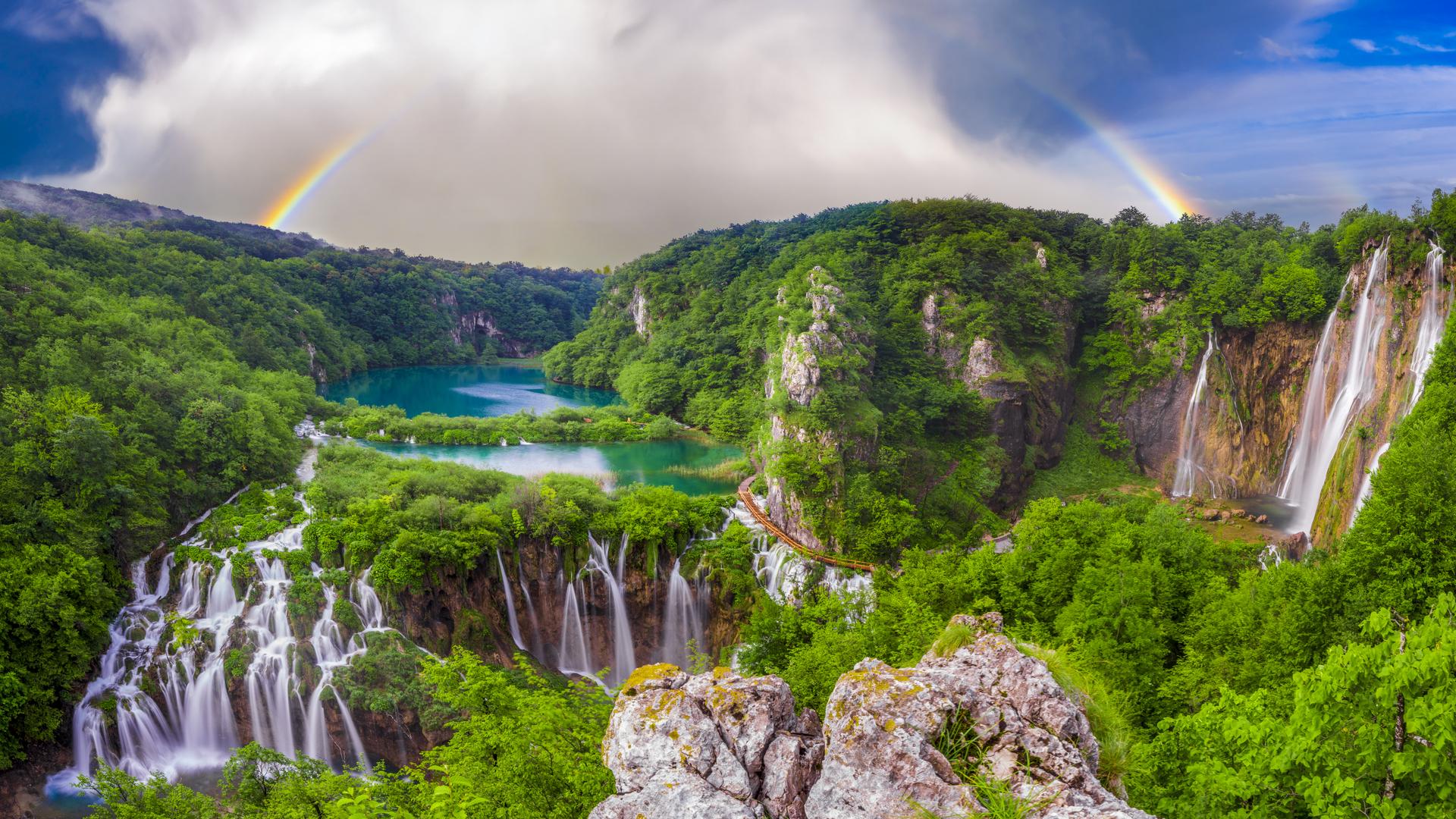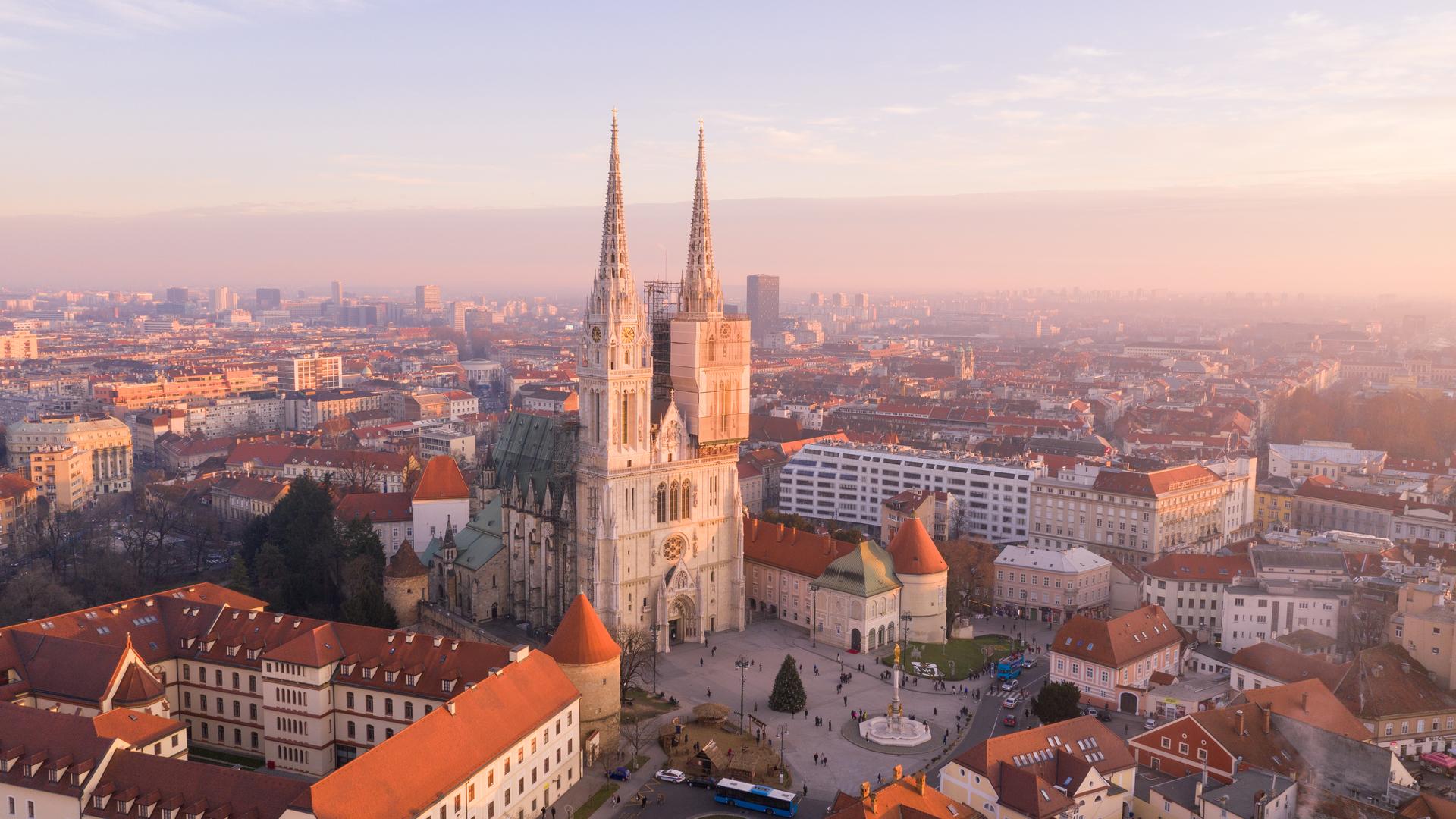Zagreb - Plitvice - Dubrovnik
Similar popular transfers:
Zagreb to Dubrovnik via Plitvice Lakes private transfer
Book a luxury tailor made transfer Zagreb to Dubrovnik via Plitvice Lakes
The best way to go and visit Zagreb is to book a private transfer from Zagreb to Dubrovnik via Plitvice Lakes National Park. We guarantee You that You won’t regret any of this day. There is also an option to book a private transfer from Zagreb to Dubrovnik via Krka National Park or Zadar. Private Tours in Croatia is a Croatian transfer service owned by Maci-Tours which offers a luxury tailor made transfers to and from any destination in Croatia and neighbouring countires. Private Tours in Croatia has at its disposal a fleet of luxurious and premium vehicles that will make your transfer as comfortable as possible. All services are door2door transfers which means that Your professional English speaking driver will meet You up at Your hotel/private accommodation address. In case if your hotel/private accommodation address is located in strictly pedestrian zone where we are unable to get with the vehicle, we will coordinate meeting point with your host or provide you with nearest possible meeting point Dubrovnik is located some 600 km from Zagreb and the duration of your transfer is around 6 h. The prices for a Zagreb to Dubrovnik via Plitvice Lakes National Park private transfer start at 650 euros (the price is per vehicle, not per person). All transfers are customizable and You choose everything. We suggest, You choose!!!
What You can expect on Your Zagreb to Dubrovnik via Plitvice Lakes private transfer?
On the date of Your Zagreb to Dubrovnik via Plitvice Lakes private transfer Your professional English-speaking driver will meet You up at Your hotel/private accommodation address whether Your accommodation is in the pedestrian zone or not. After meeting up with Your driver, Your incredible day of Zagreb to Dubrovnik via Plitvice Lakes transfer where You will see a lot of highlights of Croatia begins. The journey to Plitvice Lakes National Park is about 02h00min. When we arrive at the Plitvice Lakes National Park You’ll have up to 4 hours to explore highlights of National Park, either by boat, train or on foot. You can schedule a meeting point with our driver where he will pick You up. When You return to the van, You will share impressions with Your driver and continue Your Zagreb to Dubrovnik via Plitvice Lakes private transfer. On the way to Dubrovnik we’ll make stop at the Krka rest-stop where You’ll have an opportunity to take some pictures of Skradin, a romantic Mediterranean town and the entrance of the Krka National Park. After You’ve had a drink and have taken some pictures we’ll continue our trip to Dubrovnik. The journey to Dubrovnik is about 05h30min. On your way to Dubrovnik, You can choose to stop at the Rizman vinery, one of the most beautiful wineries on Pelješac peninsula, if there is time. After a 5h30min drive we will arrive at Your accommodation place. We believe that You’ll have an wonderful experience with us on this journey and we wish You all the best, until we meet again on another journey in the future.
Transfer includes
• Pick up in Zagreb and drop off in Dubrovnik via National Park Plitvice Lakes(or vice versa)
• Comfortable air-conditioned vehicle
• Professional knowledgeable English speaking driver
• All cost related to the vehicle – gas, parking, highway tolls
• All costs related to the driver
• Available Wi-Fi in the vehicle
• 0.5l bottle of water per passenger
A few facts about the Plitvice Lakes
Inscribed on the UNESCO World Heritage list due to its outstanding and picturesque series of tufa lakes, caves, connected by waterfalls, the Plitvice Lakes are one of the oldest and largest national parks in Croatia. The national park was founded in 1949 and is in the mountainous karstarea of central Croatia, at the border to Bosnia and Herzegovina. The name Plitvice was first mentioned in a written document in 1777 by Dominik Vukasović, the priestof from the town of Otočac. This name was designated due to natural phenomena that have created the lakes. Nature formed shallow basins (Croatianplitko means shallow), which have been filled with water. The national park is world-famous for its sixteen lakesthat are arranged in beautiful cascades. For centuries, water has changed the limestone and thus the landscape of this area. The emerging travertine barriers decelerated and retained the flowing water over time and these dams are continuously growing. These lakes are all interconnected and follow the water flow, separated by natural dams of travertine, deposited by the action of moss, algae, and bacteria. In 1493, not far away from the Plitvice Lakes, a decisive battle in Croatian history between the Austrian and Ottoman Empire took place. During the Battle of Krbava Field, nearly all of the entire Croatian nobility was killed. In 1871, the famous Croatian politician Eugen Kvaternik was killed north of the lakes in the town of Rakovica, during the famous Croatian uprising against Austrian-Hungarian predominance, marking the long and difficult struggle for Croatia’s independence. During the Croatian War of Independence in the 1990s, the first Croatian soldier was killed in this area, in what is known in Croatia as Bloody Easter.
What to see while at the Plitivice Lakes
There are four programs for sightseeing that you can choose at the entrances to the Park. Apart from exploring the park on foot along the many trails than span the Park and run alongside the lakes, electrical boats and an electrical train that operate within the Park are ideal for sightseeing. Cycling is also permitted, but only on the designated areas. On the largest lake Kozjak, you can rent a wooden boat and paddle on the lake on all work days. Hiking is another possibility and there are many hiking trails in the Park, on which you can explore the Parks fauna and flora, a large part of which are protected species. Maps of the Park are offered upon entrance. There also numerous restaurants within the Park, built in the old traditional style of the Plitvice region, as well as hotels and camps. A few facts about Dubrovnik Dubrovnik was founded in the 7th century by refugees from the Greek colony of Epidaurum and was initially under Byzantine rule. Between the 14th and 17th centuries, Dubrovnik was a free state, whose merchant fleet traded as far as America in the West and India in the North. This small aristocratic republic was among the first in Europe to adopt modern laws, establish a medical service, one of the oldest pharmacies in Europe and the first European regulations for quarantine.
The city is also famous for giving several important scientists, such asJoseph Boscovich who produced a precursor of atomic theory and who also discovered the absence of atmosphere on the Moon and Marino Gethaldi, a pioneer in making conic lenses, who met and regularly corresponded with Galileo Galilei. What to visit while in Dubrovnik In the bay of Dubrovnik there is a wooded island of Lokrum, where according to legend, Richard the Lionheart, King of England, was cast ashore after being shipwrecked in 1192. The island also includes a fortress and a naturist beach. Dubrovnik's main public beach, is home to the Eastwest Beach Club. There is also Copacabana Beach, a stony beach on the Lapad peninsula, named after the popular beach in Rio de Janeiro. The 31-metre-high Dubrovnik Bell Tower, built in 1444, is one of the symbols of the free city state of Ragusa. A feature of Dubrovnik is its walls, which run almost 2 kilometres (1.2 miles) around the city. The walls are 4 to 6 metres (13–20 feet). This system of turrets and towers were intended to protect the vulnerable city.

